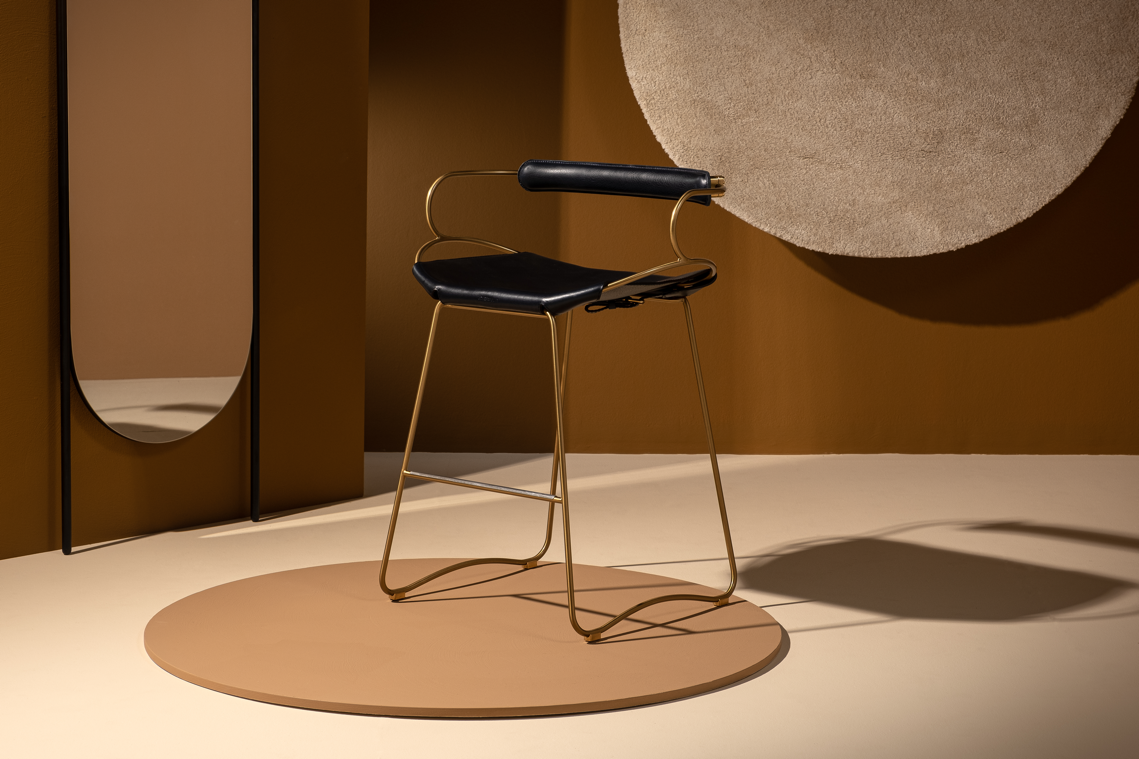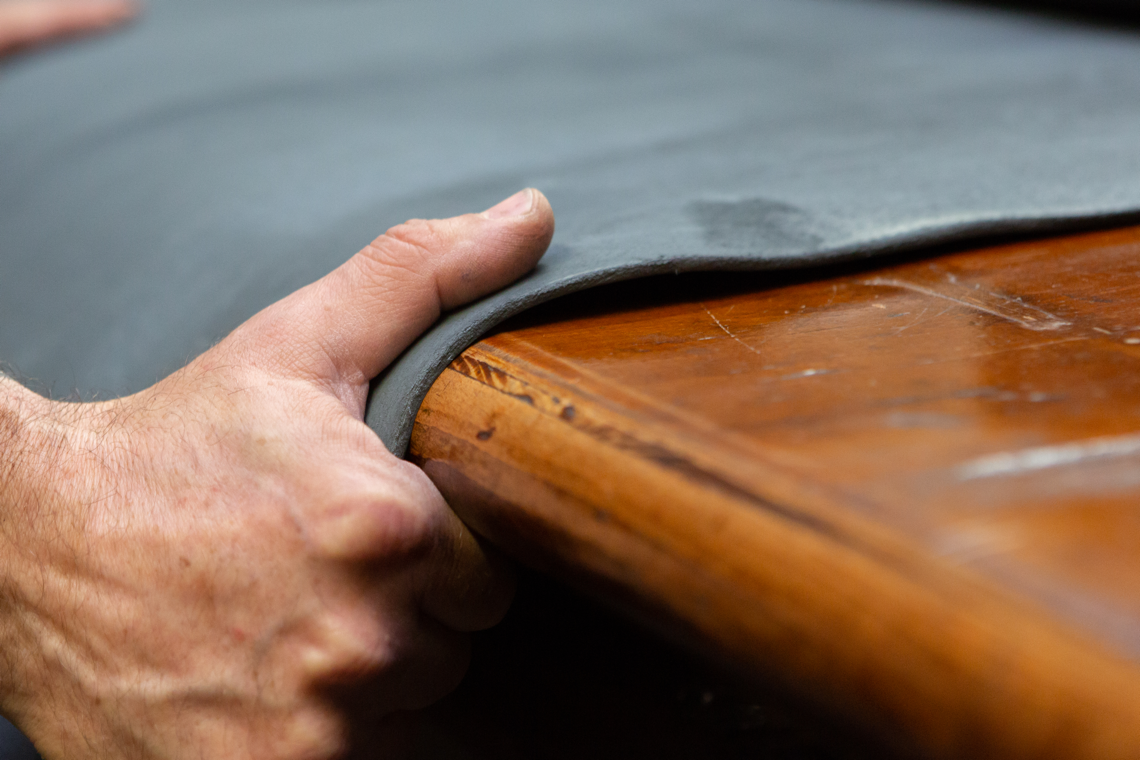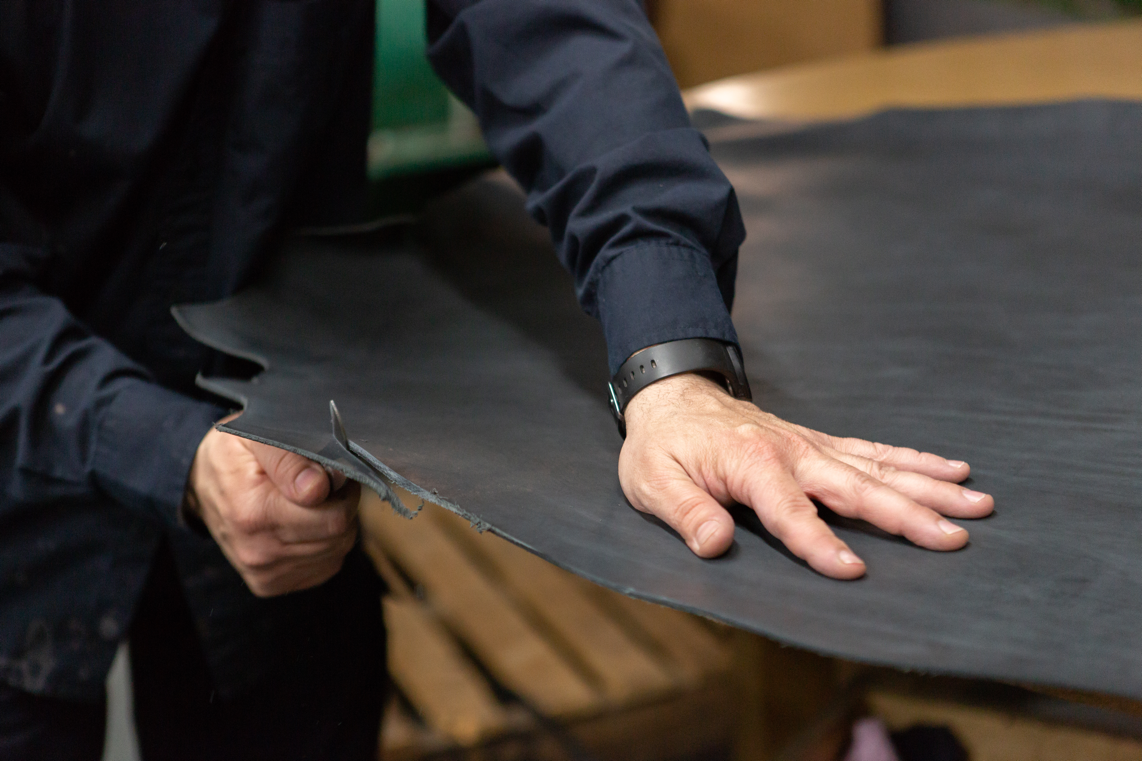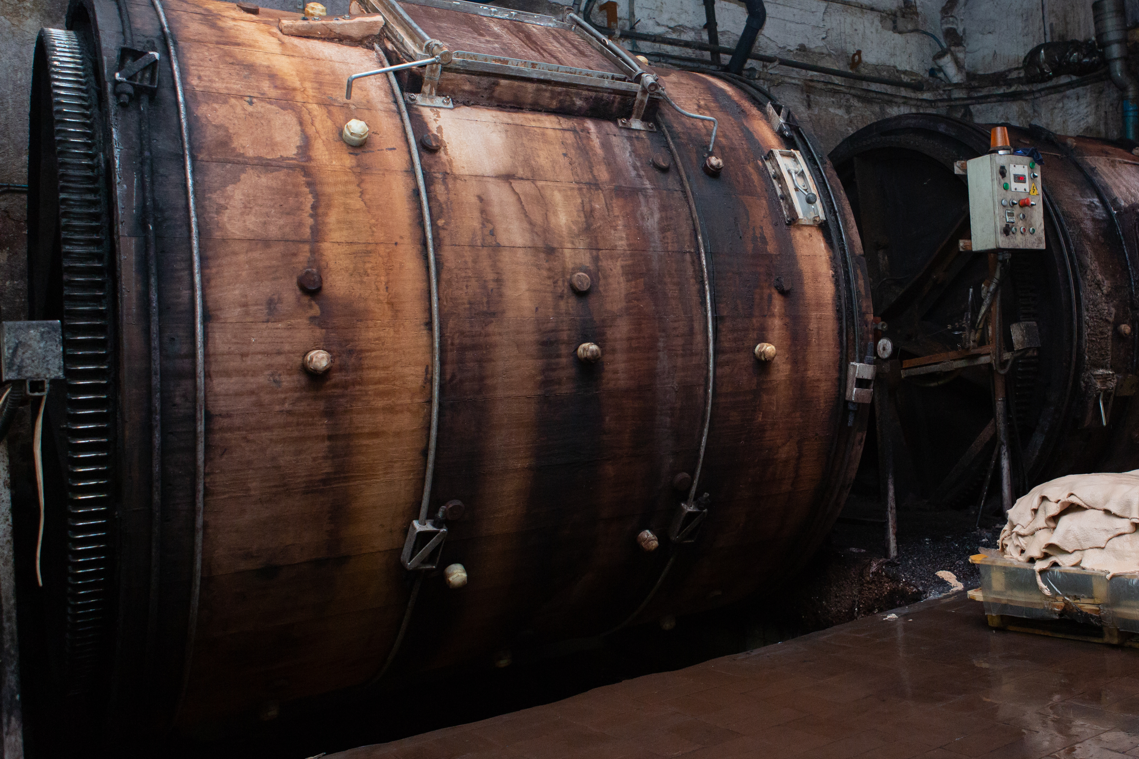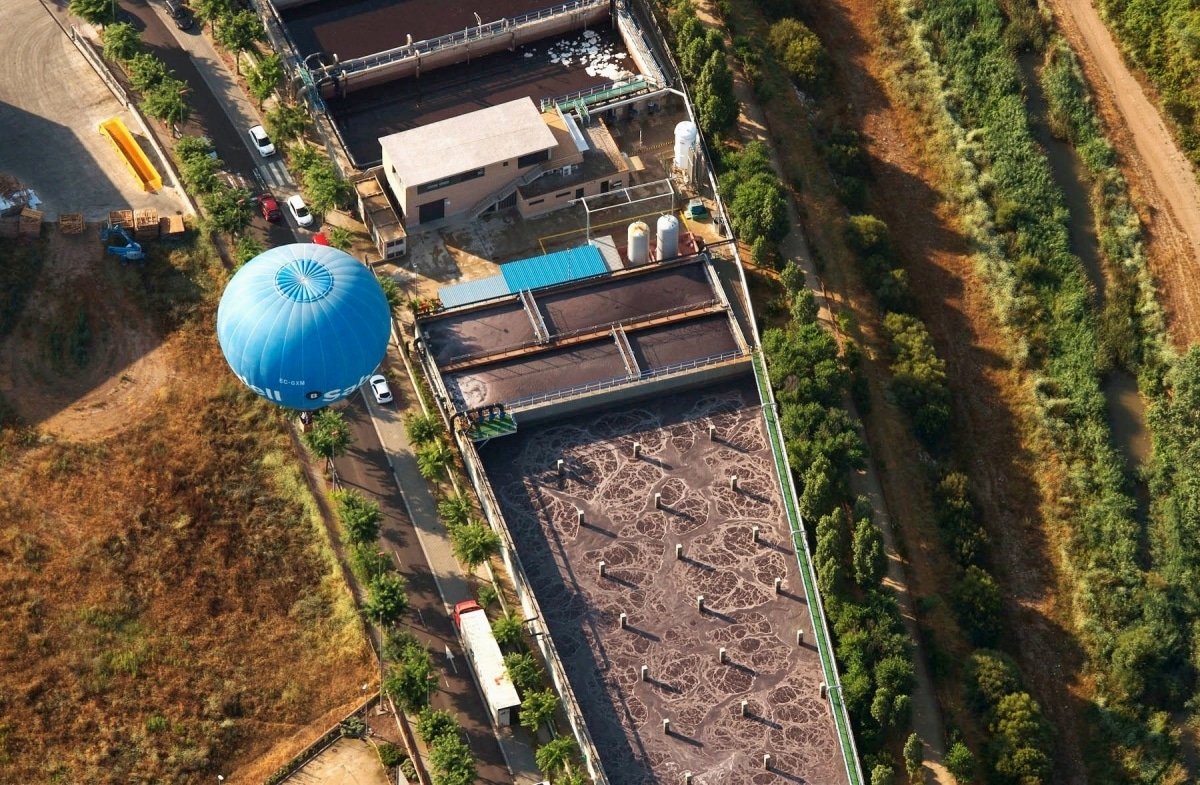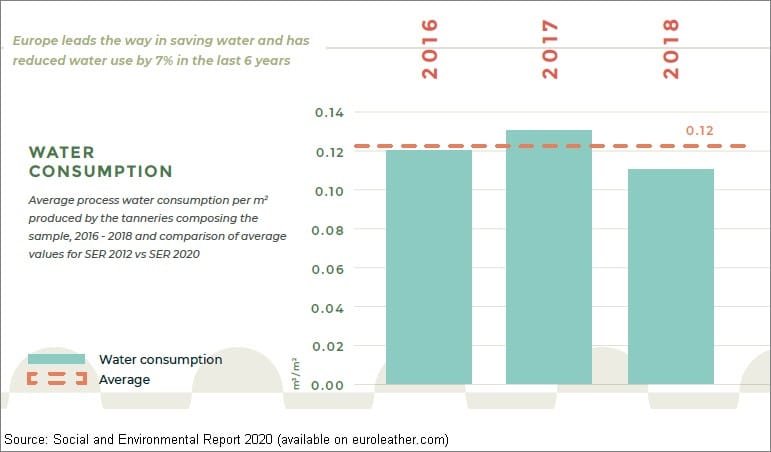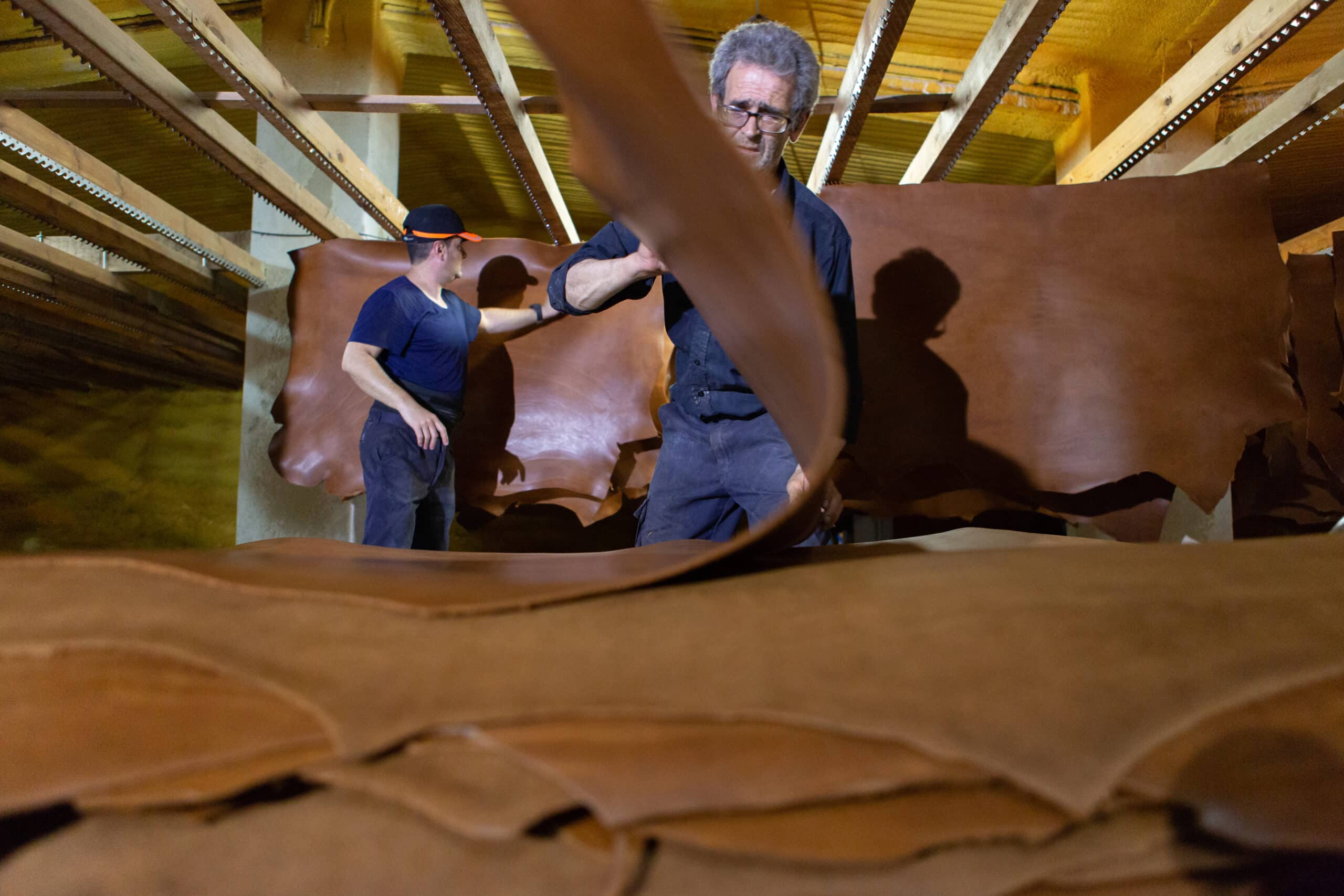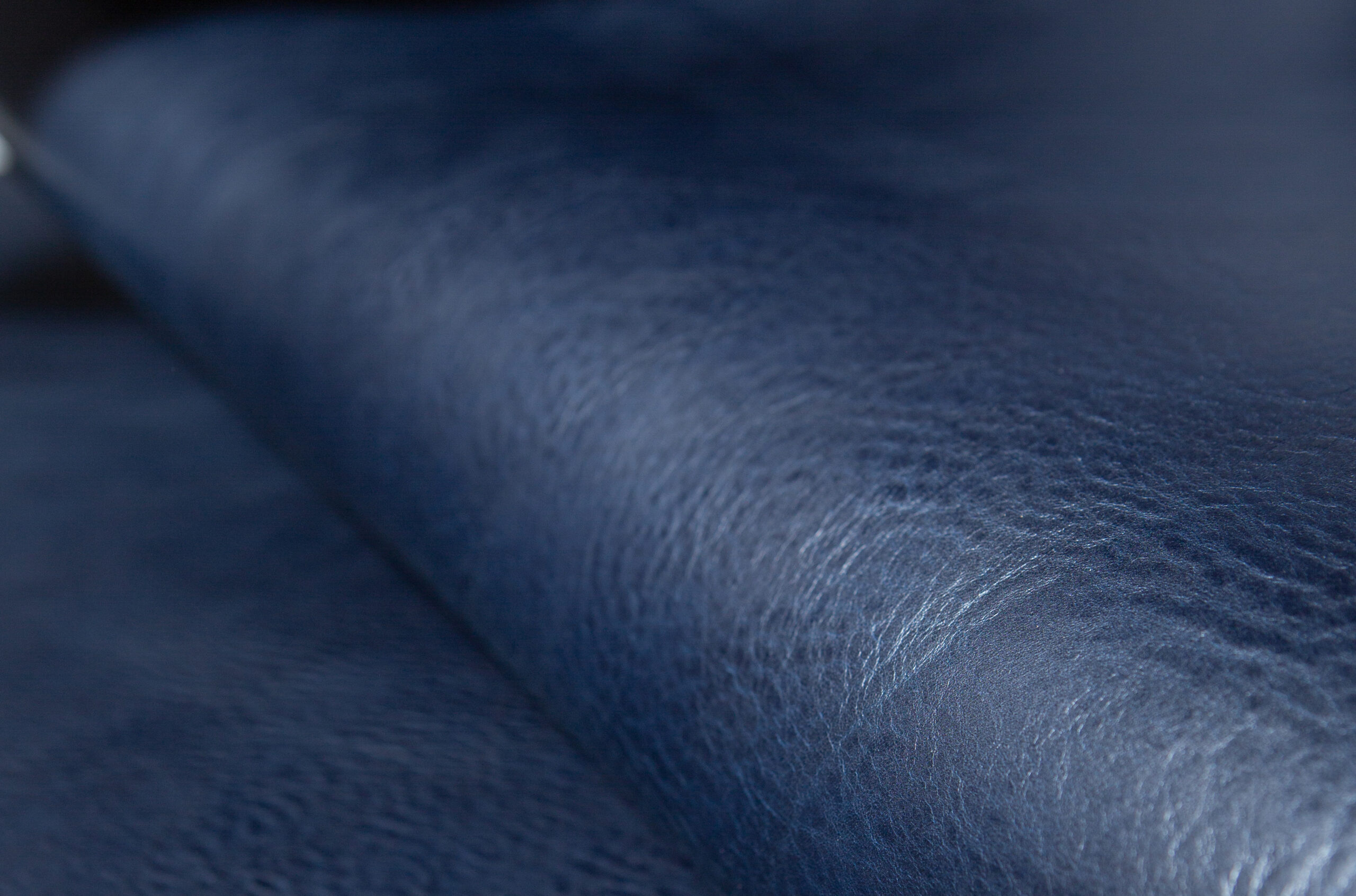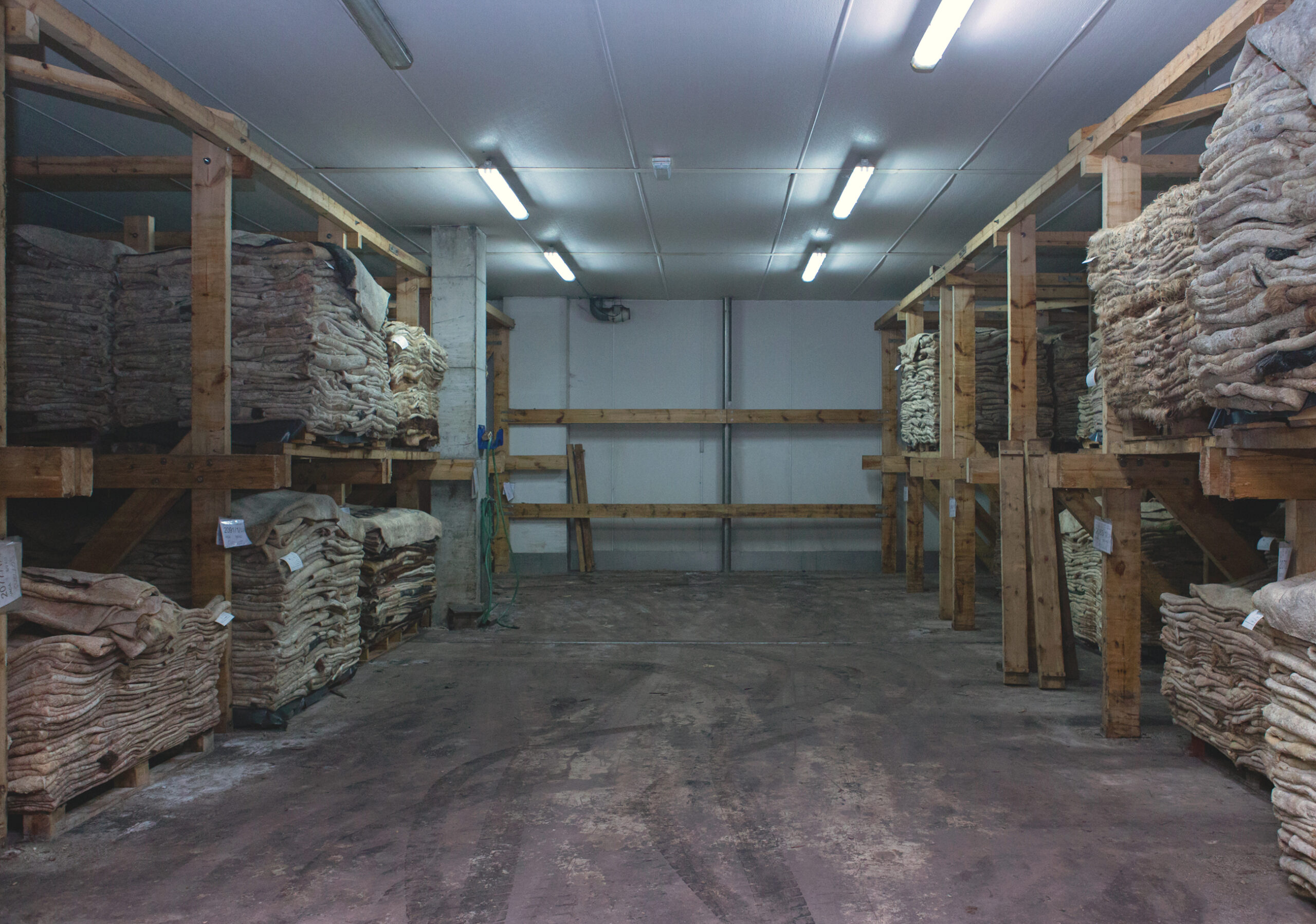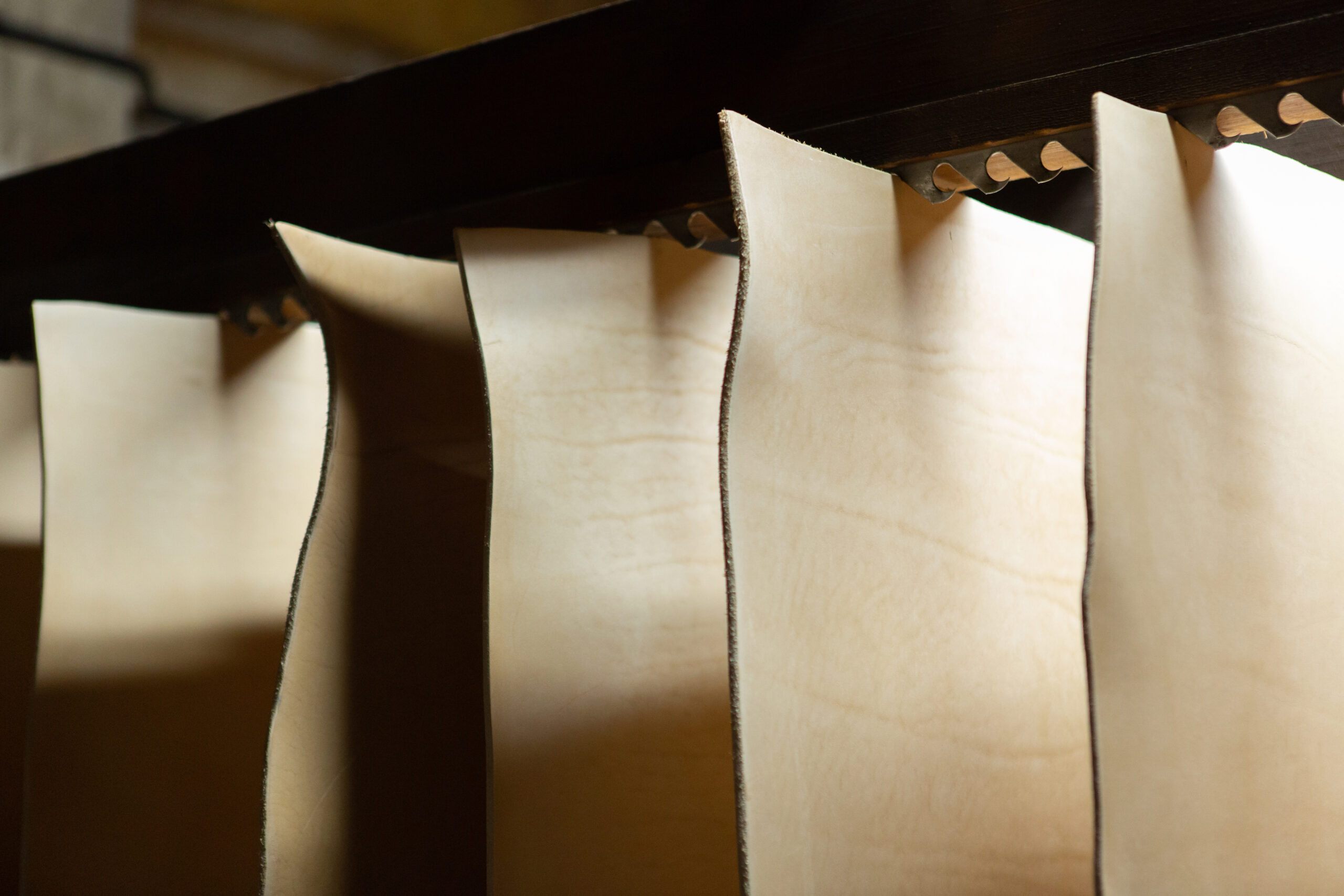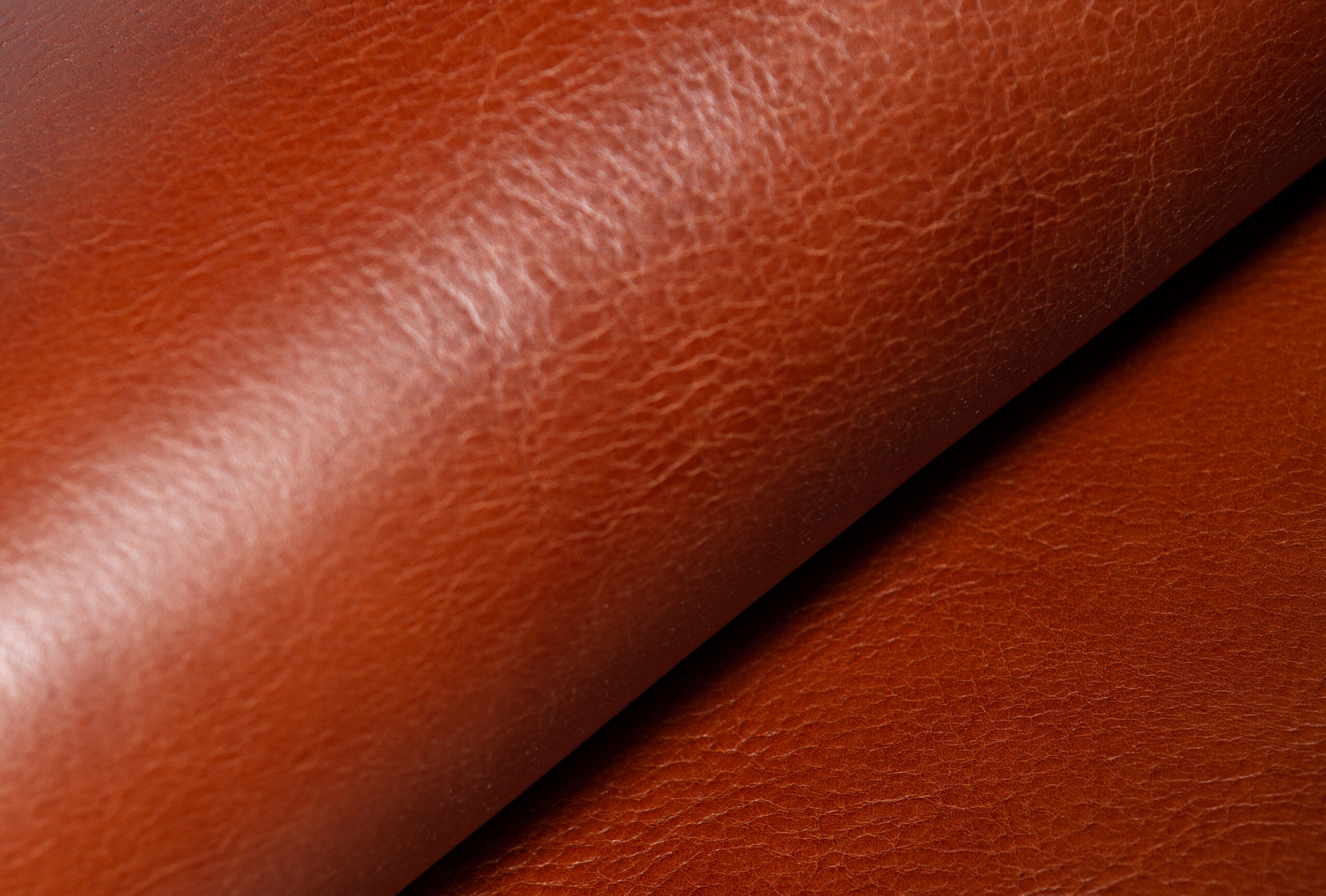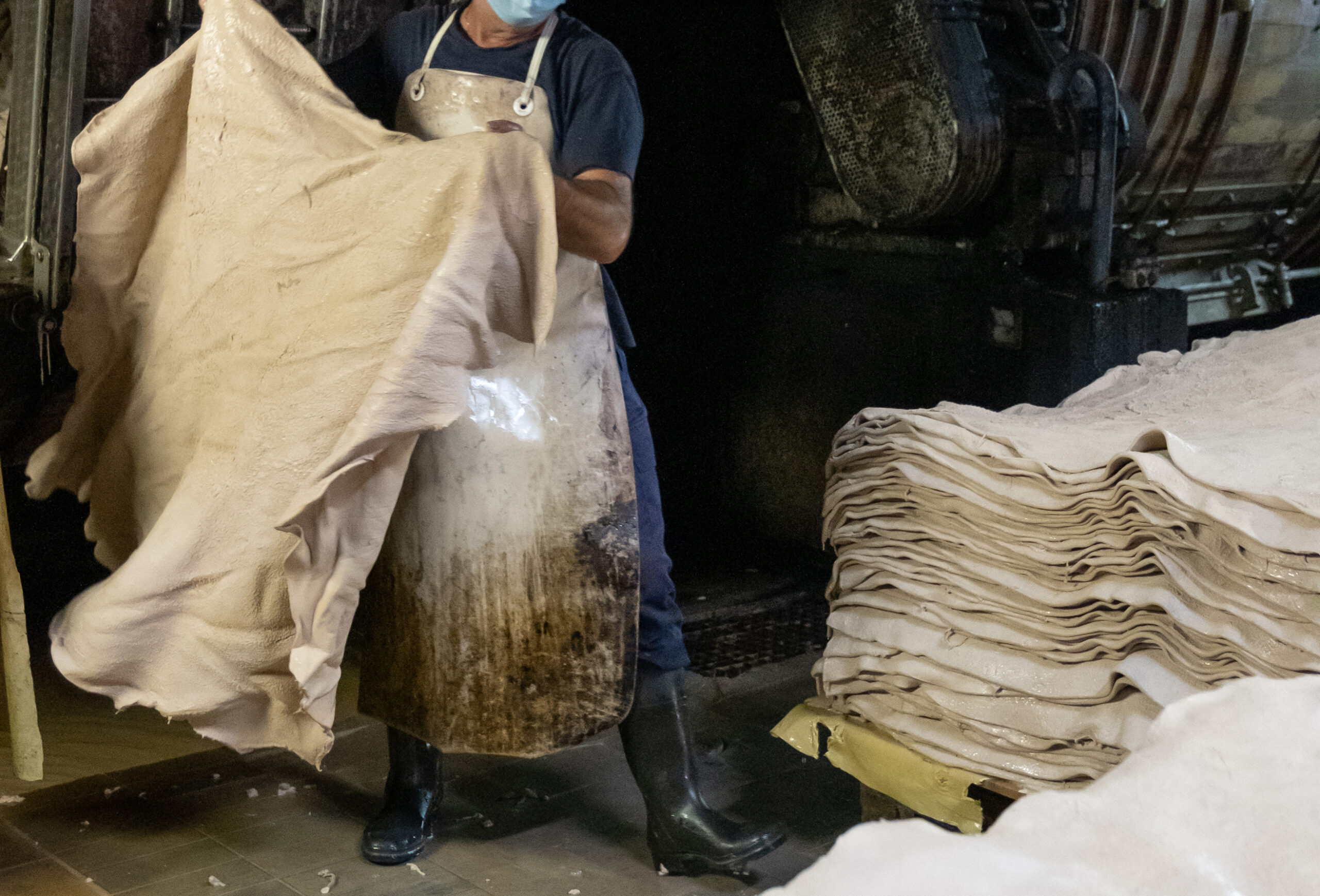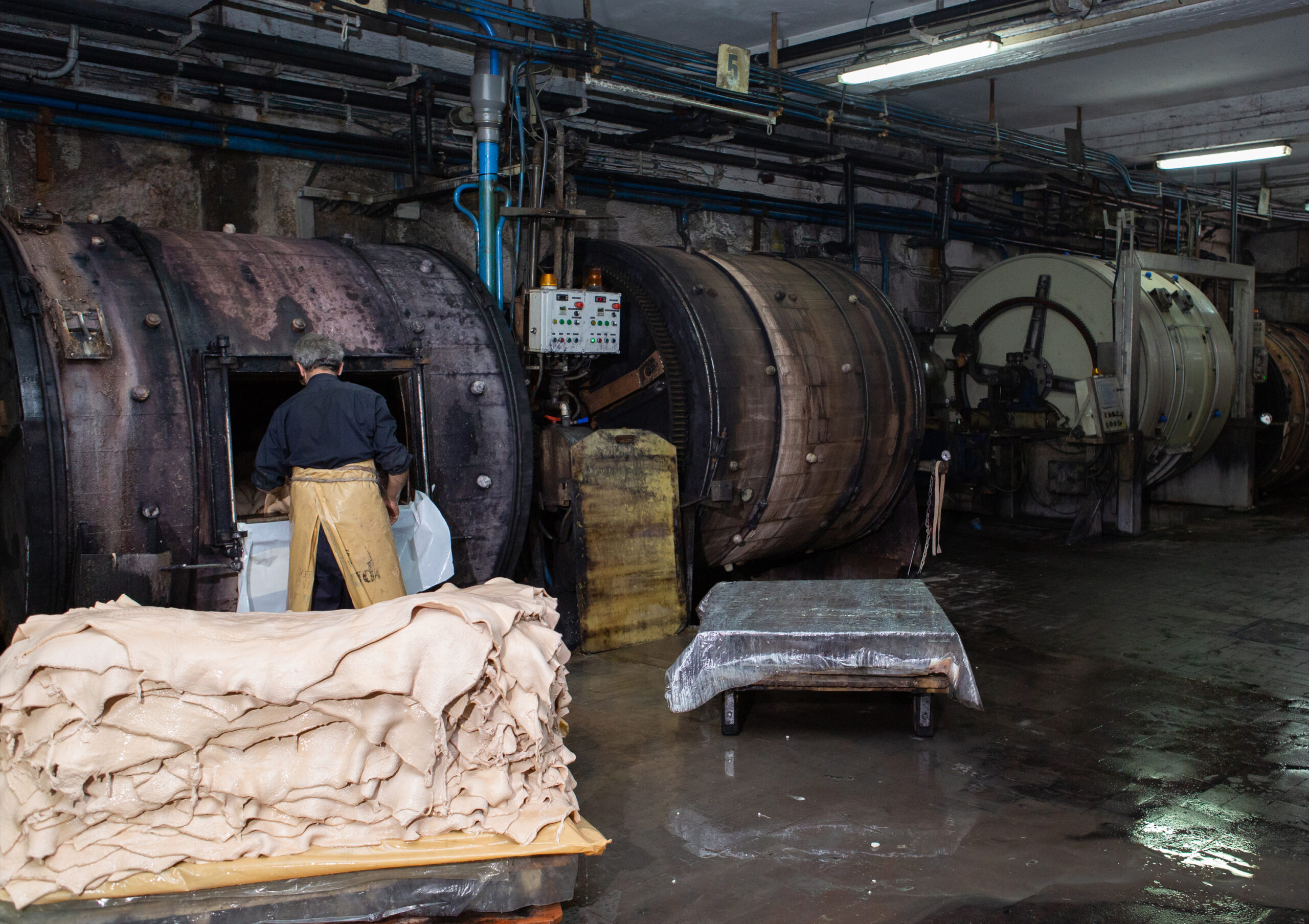Content published by: Leather International
Over the years, the industrial activity of leather tanning has been criticised for its contribution to environmental pollution, particularly when it comes to the contamination of water bodies. Tanneries consume large amounts of water that is used with strongly alkaline and highly acidic mixtures, chromium salts and sulphides in the tanning process, so the potential for toxic substances to leak into rivers has drawn the eye of industry critics.
The treatment of hides involves many aqueous steps with discontinuous discharges, generating high volumes of effluents that require costly and time-consuming treatment to satisfy emission standards laid down by national and international legislation.
Furthermore, the amount of water used in the tanning process has also drawn criticism. Water is, after all, a precious resource and, in some parts of the world, a scarce commodity. Consequently, industry players have a shared obligation not to take the availability of clean water for granted.
Although the industry has made great efforts to reduce water consumption and prevent the discharge of harmful effluents into the water supply, its image is still tarnished in the eyes of some observers by its past failures to manage water usage in an sustainable manner. Now, it is time for public perception to catch up with how the industry is changing.
A footprint in the water
In a tannery, the many phases of conditioning and preparing the hide for tanning, as well as the transportation and fixation of tanning substances, require water. The beamhouse process where hides are made ready for tanning is, by far, the most intense process in terms of water usage. A 2019 study found that during the beamhouse process, between 7m3 and 25m3 of water is used per tonne of hides, and between 1m3 and 3m3 is used in the tanning process.
In most instances, fresh water is used for the diffusion of chemical products and the extraction of undesirable materials from the hide. The result is a significant drain on local fresh water resources. The industry’s water footprint is large, even if one disregards the water used in the raising of cattle. It is estimated that worldwide water consumption in the leather industry is around 400 billion litres annually.
If the industry is serious about improving resource efficiency, both for reasons of environmental management and cost reduction, then water use must be near the top of the list of priorities.
A tannery’s water footprint is the total amount of direct and indirect water use involved in its processes. It comprises many different elements, starting with the blue water footprint, which represents the amount of surface water and groundwater required by the tannery. Next, there is the green water footprint, which is the amount of rainwater required, and then the grey water footprint, which represents the amount of freshwater required to mix and dilute pollutants enough to maintain water quality according to certain standards.
Once measured, all of these factors can be managed. It is incumbent on the industry to apply best practice technologies and implement effective water management techniques, but this can only be done effectively when the scale and detail of the problem are fully understood.
Indeed, a 2019 paper in the Journal of Environmental Management, entitled ‘Water reuse: An alternative to minimise the environmental impact on the leather industry’, highlighted some of the systems that can help tanneries reduce the amount of wastewater they produce that contains high concentrations of contaminants and reduce the total amount of water used in the tanning process.
Among these, the overriding concept is the reuse of wastewater. The key concern is the release of the pollutant chromium into the environment, and reuse tests on both pilot schemes and an industrial scale have shown that reuse techniques, when properly evaluated, can both reduce water demand and minimise the disposal of the wastewater with chromium.
Reduce, recycle, reuse
For some tanners, the results of an intense focus on water usage and contamination have yielded impressive results and fostered innovative approaches to resource use. Among them is ECCO Leather, which operates four tanneries and two beamhouses, as well as wastewater treatment facilities in all of its tanneries to ensure that we release only clean water back into the environment.
As one of the steps in the tanning process, ECCO has developed DriTan, which uses the moisture already present in the hides. With results that are indistinguishable from traditionally tanned leather in terms of quality, characteristics, stability and lead-time, DriTan results in major savings on water, while considerably minimising the discharge of wastewater and the use of chemicals.
At its tannery in the Netherlands alone, ECCO is set to eliminate 600t of sludge per year from its effluent, which translates into 40 truckloads of sludge deposited in landfills per year.
Will tanning eliminate water for good?
ECCO sees DriTan as the first real step towards water-free leather manufacturing. The history of leather tanning goes back around 10,000 years and the process has always involved water, so it may seem inconceivable to some that water-free tanning could be possible. Nevertheless, technologies are emerging that could break the paradigm and revolutionise the industry to the point where we can now seriously ask whether there will one day be a way to tan leather without the use of water.
DriTan only impacts one step of the process, though the company’s vision is to achieve entirely waterless tanning. For that, much more innovation will be required and many stakeholders in the leather making process will need to work together. If they do, the implications of water reduction – or, ultimately, elimination – will also be felt in other key areas of the sustainability agenda.
Using less water results in lower energy costs and creates a tanning process that requires less expenditure on chemicals. Different aspects of sustainability work together to create savings. Nevertheless, transitioning to new systems and processes does come at a cost.
The total water footprint of the leather industry may seem inconsequential compared to an industry such as hydroelectric power, but leather tanning is one of the most water-intensive industries in the world, relative to its size, and critics will always point to the amount of wastewater it produces, often with a heavy pollutant load. Around 95% of the water used by leather producers is subsequently discharged and forwarded for purification, with the remaining 5% evaporating during the production process.
Increasingly stringent environmental legislation around the world will force the industry to look at water usage, particularly from the point of view of contaminants in wastewater, so tanneries will need to start considering the technologies that are emerging to reduce water usage and improve water management. The solutions are there, but they come at a cost. So, the industry will need to look beyond the upfront costs and towards the savings that can be made further down the line.
You can read the original content HERE.


